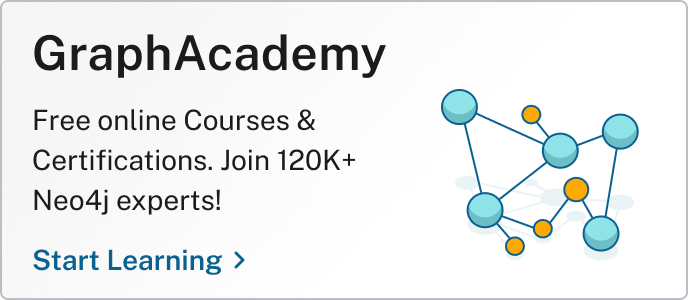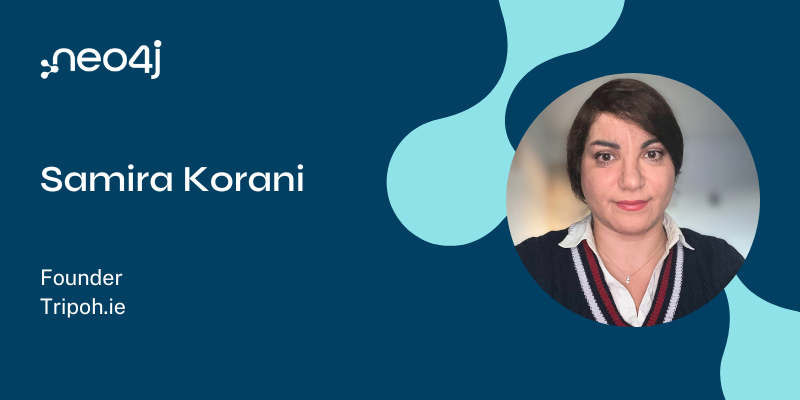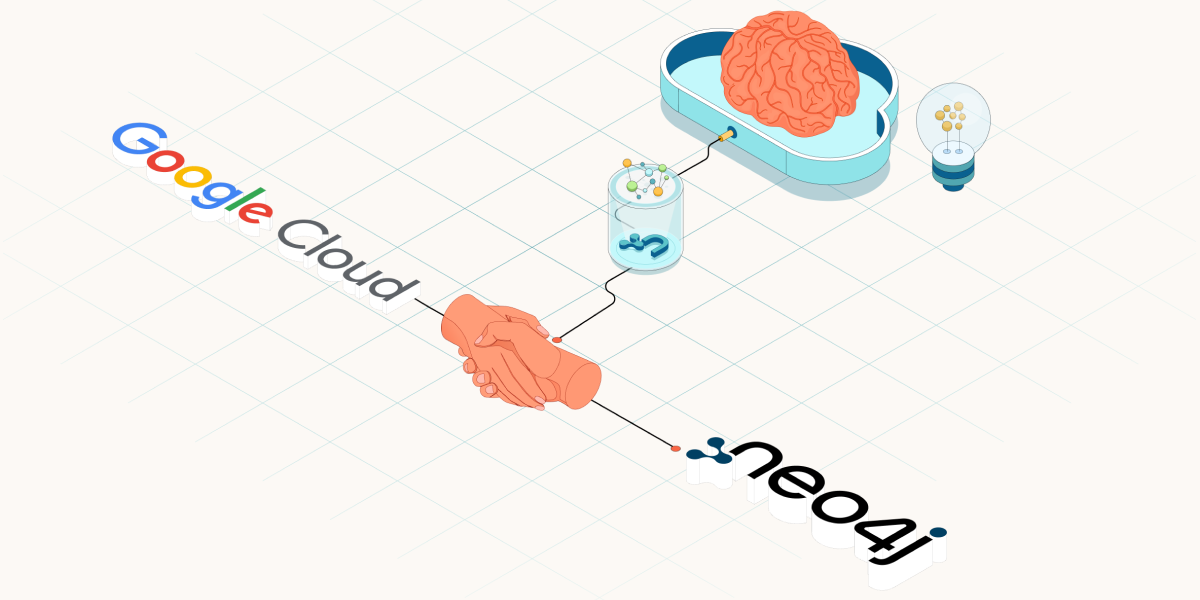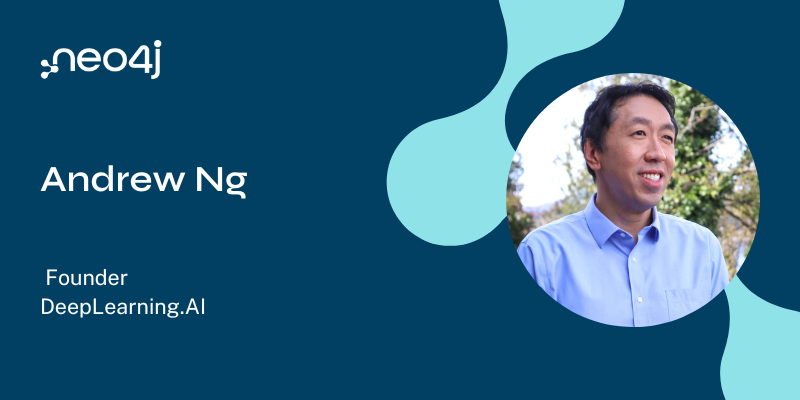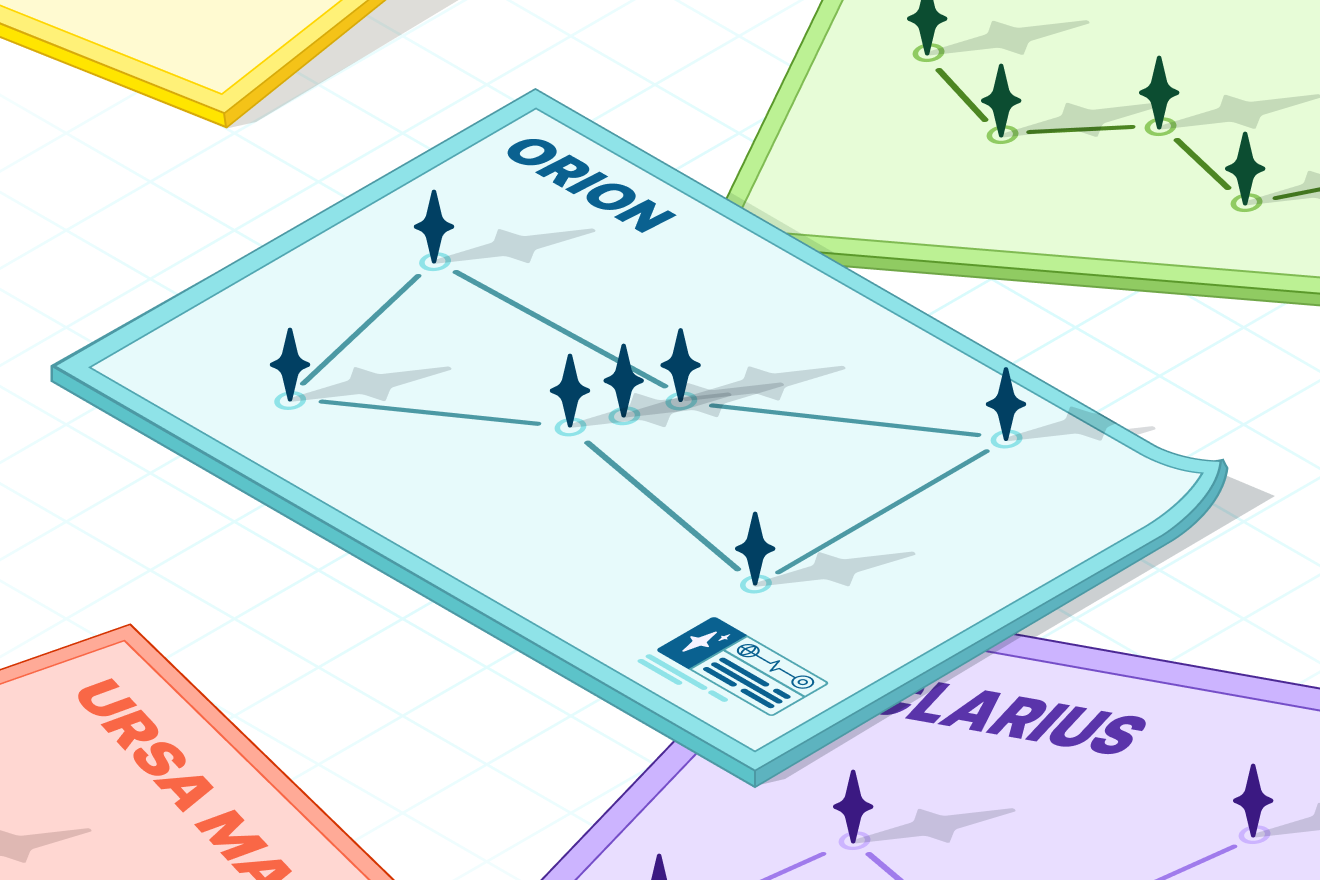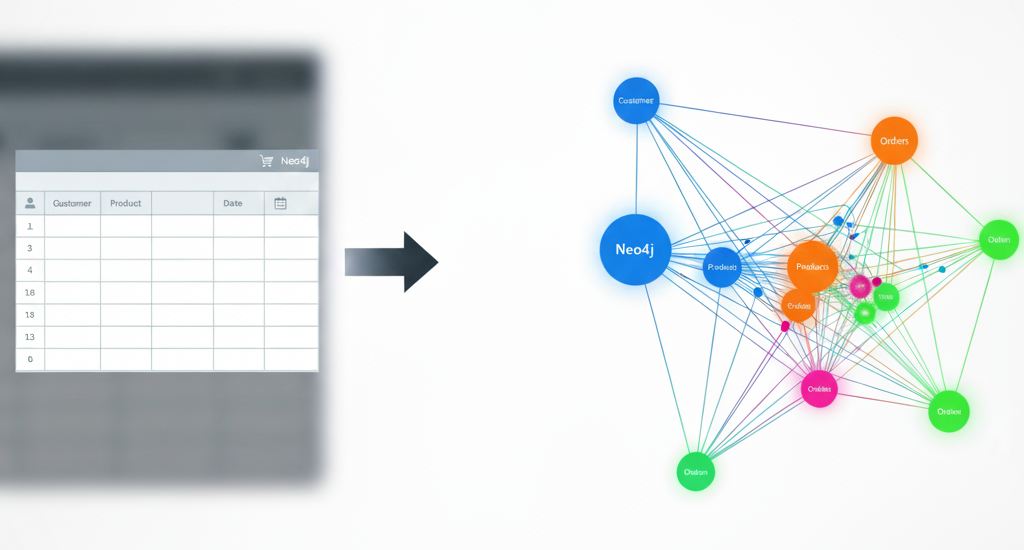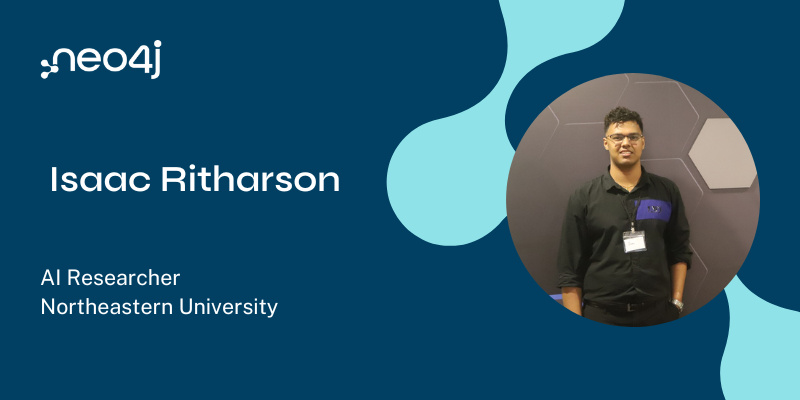This Week in Neo4j: Graph Architecture, GraphRAG, Integration, Cloud Security and more

Senior Developer Marketing Manager
3 min read
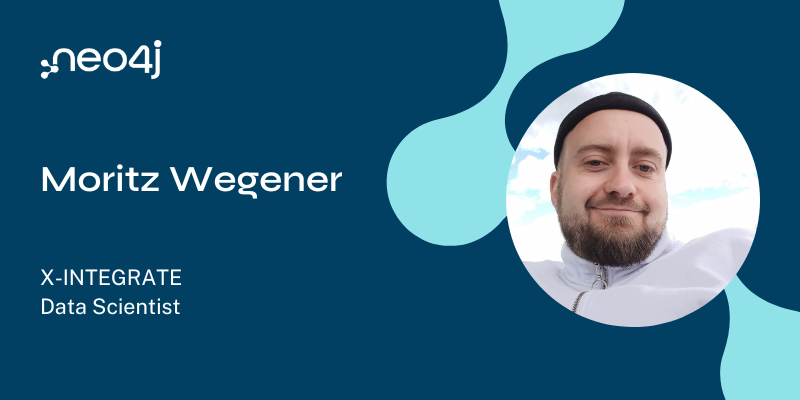
Welcome to This Week in Neo4j, your fix for news from the world of graph databases!
In this edition, we are celebrating Infinigraph – our new architecture for unified transactional and analytical workloads. We also cover a new GraphRAG course on DataCamp, showcase how graphs enhance integration and cloud security strategies and put AI-powered reasoning at the centre of modern application design.
September is Demystifying UX Research month in our online community. We run a few AMA sessions (see in the event listing below) and we are looking for your feedback on your experiences to influence the future of Neo4j products.
Happy Graphing,
Alexander Erdl
COMING UP!
- Livestream: LIVE AMA: Behind the Graph: AuraDB UX with Liza Shkirando & Sebastian Wictorin on September 16
- Conferences: Find us at AI Conference, San Francisco on September 17-18, AI Engineer, Paris on September 23-24 & PyData, Amsterdam on September 24-26
- Meetup: Meet us in London, UK on September 17, Mumbai, IN on September 20, Paris, FR on September 22, Melbourne, AU on September 24 & Berlin, DE on September 26
- All Neo4j Events: Webinars and More
- GraphSummit Series: Transform Your Enterprise with Graph and GenAI – Next Stop: London on October 2
FEATURED COMMUNITY MEMBER: Moritz Wegener
Moritz has a background in computer science and initially worked as a researcher at the University of Cologne and various private research groups.
Connect with him on LinkedIn.
Moritz is a Featured NODES 2025 Speaker. His session is “A Sommelier’s Guide to Recommendation Algorithms: Classical and Graph-Based Recommender Systems”, where he will explore how to build a recommendation engine using the X-Wines dataset, contrasting classical with graph-based approaches.
Graph Architecture: Neo4j Launches Breakthrough Architecture to Unify Transactional and Operational Workloads
Infinigraph introduces a groundbreaking distributed architecture for Neo4j, enabling seamless horizontal scaling beyond 100TB by sharding graph property data across clusters while preserving a logically unified graph. Dan McGarth explains how developers can now run real-time transactional and analytical workloads in a single system. Embedding billions of vectors for RAG, fraud detection across massive datasets or traversing high-volume product graphs becomes possible without application rewrites or infrastructure duplication.
Datacamp: GraphRAG with LangChain and Neo4j
Adam Cowley and James Chapman have published a new GraphRAG course. It shows you how to move beyond plain vector RAG by building GraphRAG applications with Neo4j and LangChain. You’ll learn to extract structured entities and relationships from messy text, combine graphs and vectors in hybrid pipelines, and even store long-term chatbot memory as graph data – giving your LLM apps more accuracy, context and personalisation.
Integration: Rewire Your Integration Strategy: A Graph-First Approach With Neo4j and AI
In this post, Pierre Dahlman outlines a graph-first approach to modern integrations – making AI a tool and a reasoning partner within your integration workflows.
He outlines how structuring people, processes and systems into a knowledge graph enables AI agents to intelligently manage and adapt integration logic, enhancing flexibility and efficiency while preserving human oversight.
Security: Elevating Cloud Security Using a Graph-Based Approach
Roy Maor introduces how graph theory strengthens cloud security by modelling dynamic cloud environments – identities, compute, network, storage – as connected asset graphs. Continuous graph-based mapping reveals hidden attack paths and offers proactive risk insights using Neo4j’s graph analytics capabilities.
CONTINUOUS LEARNING
- GraphAcademy: Learn how easy it is to get you “CSV Data imported into Neo4j“
- Get to Know Graph: Level up your graph skills with webinars packed with practical insights to help you build powerful apps
- Learn on Your Schedule: Go deeper into graph technology on Neo4j’s On-Demand webinar library
- Workshops: Road to NODES
POST OF THE WEEK:
Homayoun S
Please share it if you like it!

